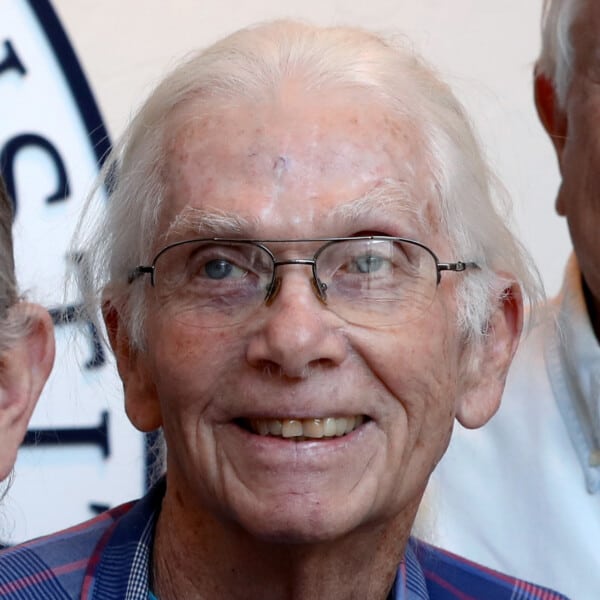PSI Personnel
Project Description
Goals and Objectives
The objective is to archive all available images obtained with the Lowell Observatory Near Earth Object Survey (LONEOS) telescope into the Small Bodies Node of the Planetary Data System (PDS-SBN). The LONEOS surveys (NEO and Lightcurve) used a 0.6-m f/1.8 Schmidt telescope from 1998/07/10 – 2008/03/01 and 2010/01/04 – 2011/06/06, respectively. Most LONEOS images cover 2.88×2.88 deg to a V magnitude of 19.3. These LONEOS data, based on preliminary information provided by the proposers, are available from https://sbnarchive.psi.edu/ loneos/
Approach and Methodology
Both the PI and Project Manager of LONEOS have retired and are unavailable to contribute to the archiving of this data. The LONEOS images were obtained from the project’s principal observer, Brian Skiff, and Larry Wasserman, also at Lowell, who provided data recovery and transmission to the Planetary Science Institute (PSI). A census of the available data shows that there are ~317,000 NEO survey images from 945 nights and ~110,000 Lightcurve Survey images from 149 nights.
Python scripts, a number of which have already been created, will generate PDS-compliant Images from these data. Additional metadata files will be created to aid users in searching these images for specified objects or regions of the sky using their own or the PDS/SBN’s NEO Survey Search Tool, that allows searchable access to NEO Survey image data archived at the PDS-SBN. We will participate in the peer review of these datasets and resolve any liens that arise to ensure that the final products will be successfully archived.
We will make available to the community new data products totaling approximately 427,000 wide-field images (~10 TB). All these images are between 10- and 20-years old. Hence, when the preliminary orbit for a recent discovery predicts it passed through the field of a LONEOS image that image can be searched for a so-called precovery observation. If found, that object’s discovery orbital arc is then extended by 10- to 20-years. Although not of primary interest to Planetary science, LONEOS images can also be searched for other transient astronomical phenomena. A small amount of data analysis and interpretation will be performed to validate the image products.


